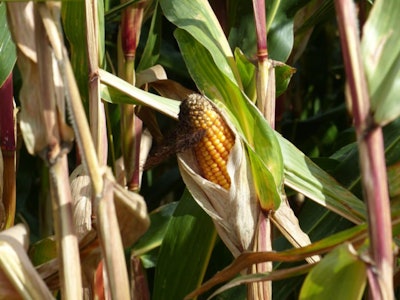
Finally, after a long wait of five months, Andrés Manuel López Obrador took office as president of Mexico on December 1. Within a month, Jair Bolsonaro will also take over as president of Brazil. We are talking about two opposing political ideologies (left and right) of two Latin American poultry powers: Brazil in chicken and Mexico in eggs.
Focusing now on Mexico, there are many expectations, but also many criticisms, with this turn in the national way of governing. Given the importance of this event, I could not get my attention away from the speech during the new president's inauguration ceremony. I detected two aspects that could impact feed production, and therefore, the poultry industry, since 55.2 percent of feed production goes to poultry.
First, López Obrador said that in Mexico — the country where corn originated — domestic production will be promoted and there will be minimum support prices. It is a good idea to produce more and boost rural areas, but minimum support prices? It is like going back to the past, to something of high risk and that shattered the market. How high or low will these support prices be? What grains are we talking about?
The other aspect was that López Obrador said there will be no genetically modified organisms (GMO) in the country. I hope that is not a purely nationalistic and political decision, although it is reassuring to know that Victor Manuel Villalobos, the secretary of the brand new SADER (Department of Agriculture and Rural Development), is a reputable scientist.
In any case, it was not mentioned whether this planned policy is for white corn (for human consumption) or yellow corn (for animal consumption). However, everything seems to indicate that the GMO issue applies to planting white corn, the national basic staple.
Mexico is self-sufficient in white corn; there are even exports. So, if the problem is not white corn, what is the problem? Someone out there told me that Mexico would be more efficient if GMO yellow corn would be grown.
We will have to see what happens in the next few days. What do you think?


















